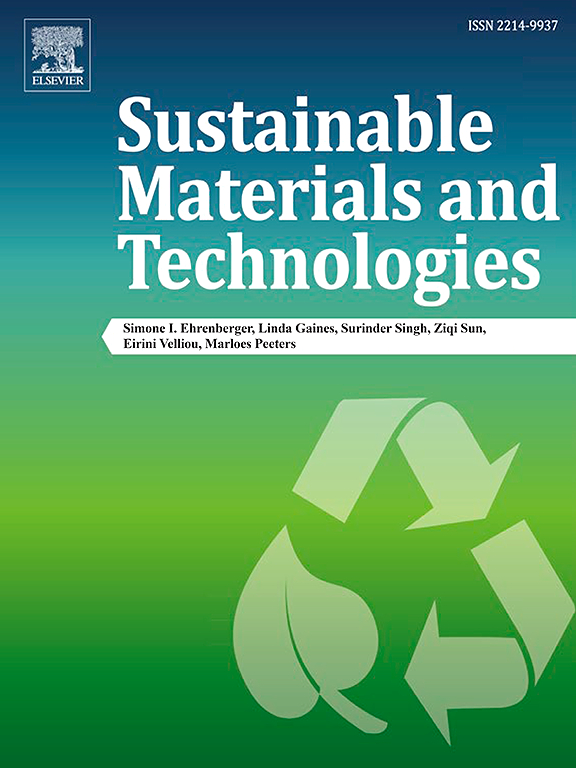Tailored α-hydroxyphosphonate derivatives: Green synthesis, spectroscopic characterization, DFT analysis, and high-efficiency corrosion protection for copper in acidic media
IF 8.6
2区 工程技术
Q1 ENERGY & FUELS
引用次数: 0
Abstract
This study presents a comprehensive investigation into the synthesis, characterization, and corrosion inhibition performance of four novel α-hydroxyphosphonate compounds—diethyl α-hydroxy phenyl phosphonate (DHPP), diethyl α-hydroxy 4-chlorophenyl phosphonate (DHCP), diethyl α-hydroxy 4-methoxyphenyl phosphonate (DHMP), and E-diethyl α-hydroxy phenylallylic phosphonate (DHPAP). Synthesized using an environmentally friendly solvent-free method, the structures of these compounds were confirmed via Fourier Transform Infrared (FTIR) and Nuclear Magnetic Resonance (NMR) spectroscopy. Their efficacy as corrosion inhibitors for copper in a 1 M HCl environment was systematically evaluated using Electrochemical Impedance Spectroscopy (EIS) and Potentiodynamic Polarization (PDP). Among the inhibitors, DHMP exhibited the highest performance, achieving inhibition efficiencies of 93.46 % (EIS) and 83.25 % (PDP), followed by DHPP, DHCP, and DHPAP (efficiency order: DHMP > DHPP > DHCP > DHPAP). Surface characterization through Scanning Electron Microscopy (SEM) and Atomic Force Microscopy (AFM) revealed the formation of protective barrier layers, effectively reducing surface roughness and minimizing copper dissolution. To elucidate the molecular basis of inhibition, Density Functional Theory (DFT) calculations provided insights into electronic properties, including HOMO-LUMO energy gaps, Mulliken charges, and Molecular Electrostatic Potential (MEP) distributions. Further analyses using Non-Covalent Interaction (NCI) and Quantum Theory of Atoms in Molecules (QTAIM) emphasized the critical role of van der Waals forces and hydrogen bonding in stabilizing inhibitor‑copper interactions. COSMO-RS studies confirmed favorable solvation behavior and charge distribution, reinforcing the experimentally observed adsorption mechanisms. This work underscores the multifunctionality of α-hydroxyphosphonates as effective corrosion inhibitors for industrial applications, while also paving the way for their optimization and broader utilization in corrosion science. The findings highlight the potential of these compounds to significantly advance the development of eco-friendly and efficient corrosion protection strategies.

求助全文
约1分钟内获得全文
求助全文
来源期刊

Sustainable Materials and Technologies
Energy-Renewable Energy, Sustainability and the Environment
CiteScore
13.40
自引率
4.20%
发文量
158
审稿时长
45 days
期刊介绍:
Sustainable Materials and Technologies (SM&T), an international, cross-disciplinary, fully open access journal published by Elsevier, focuses on original full-length research articles and reviews. It covers applied or fundamental science of nano-, micro-, meso-, and macro-scale aspects of materials and technologies for sustainable development. SM&T gives special attention to contributions that bridge the knowledge gap between materials and system designs.
 求助内容:
求助内容: 应助结果提醒方式:
应助结果提醒方式:


